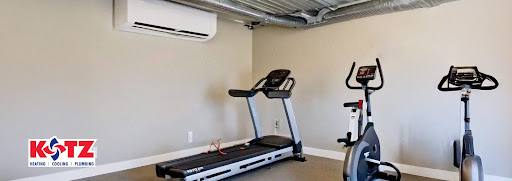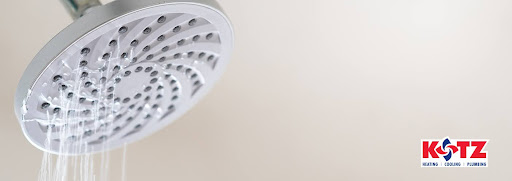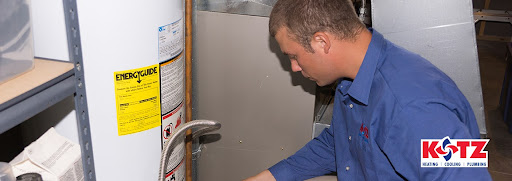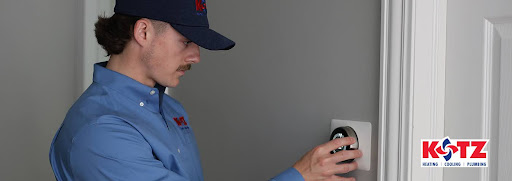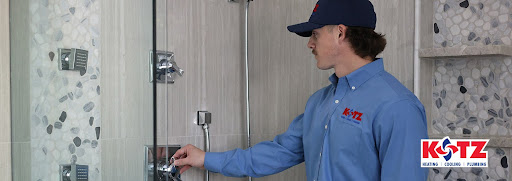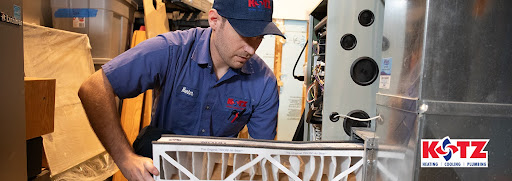Why Is Thermostat Placement Important?
Because most homeowners realize how important it is to have an efficiently operating HVAC system, they’ll likely agree that system maintenance is important, even if it wasn’t required by most HVAC manufacturers to keep warranties valid. Since an HVAC system is one of the most expensive investments homeowners purchase for their homes, they’d also probably agree that it’s best to have a trained professional inspect and/or repair their system when needed. This also includes placing a new one at the right thermostat height.
What many might not know is their thermostat is also an integral part of the total home comfort system. A good thermostat works along with your heating and cooling equipment to minimize energy usage while maximizing the money spent on energy costs.
Some thermostats are programmable, and others are also “smart,” meaning they can be operated from your electronic devices such as a laptop, smartphone or desktop. To get the most from whatever type of thermostat you have, the location and placement of the thermostat are also very important.
Where’s the Best Location for My Thermostat?
If your thermostat is not placed properly, you could experience “ghost readings,” which is a term given by HVAC professionals to describe unnecessary system cycling. Since most thermostats work by tracking the air surrounding them, if a thermostat is in an area that gives mixed signals, the system will either run longer than needed or turn off prematurely. Either way, the ambient temperature inside the home will not be ideal in some or all of the living space.
To avoid ghost readings and allow your thermostat to work with your HVAC system in the best way possible, follow these tips regarding thermostat location and placement:
- Avoid placing your thermostat near heat sources like fireplaces, hot water pipes, TV or heating vents.
- Position your thermostat approximately 5 feet above the floor and a minimum of 18 inches from an exterior wall.
- Try to avoid placing the thermostat near windows with direct sunlight, which could increase your cooling costs.
- Don’t place the thermostat near drafty areas such as doorways or stairwells.
- Never put furniture that can block air movement in front of the thermostat.
Call Kotz To Help With Your Thermostat Height or New Thermostat Installation
Kotz Heating, Cooling & Plumbing has thermostat options from which to choose that work with your HVAC system to keep you comfortable all year round while also maximizing your energy use and costs. Call Kotz today to learn more about programmable and smart thermostats.


